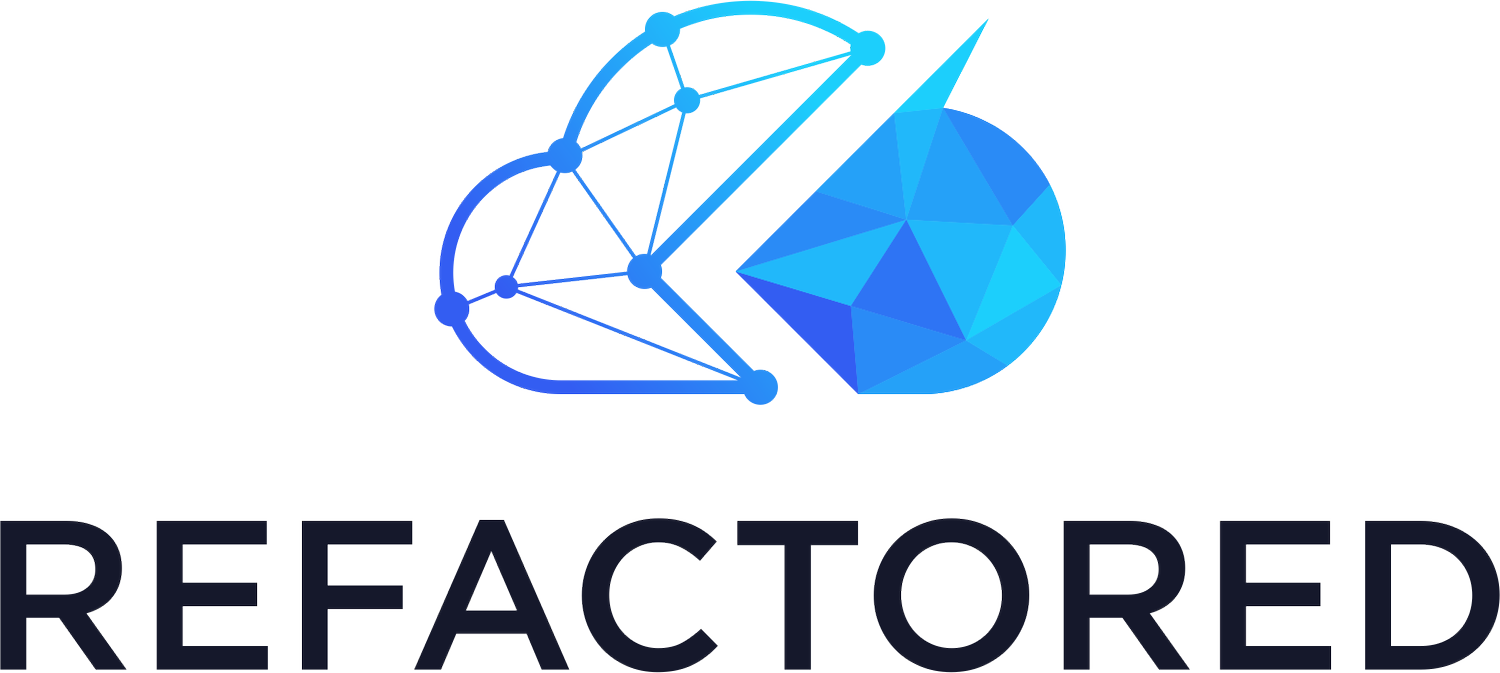AZ900 - Azure Fundamentals - Economies of Scale
Cloud computing has transformed the IT landscape, offering organizations a cost-effective and flexible approach to managing their computing resources. When adopting cloud services, it is essential to grasp the distinctions between capital expenditure (CapEx) and operating expenditure (OpEx). In this blog post, we will explore the differences between these two financial models in the context of cloud computing, enabling businesses to make informed decisions about resource allocation and budgeting.
Capital Expenditure (CapEx):
Capital expenditure refers to the upfront investment in physical infrastructure, hardware, and software licenses. Traditionally, organizations would purchase and maintain their own servers, networking equipment, and data centers to support their IT operations.
Key Features and Considerations:
Upfront Investment: CapEx requires a significant initial investment to acquire and set up the necessary infrastructure and resources.
Depreciation: The capital assets, such as servers, have a specific lifespan and depreciate over time. Organizations need to account for depreciation and factor it into their financial planning.
Long-Term Commitment: CapEx decisions are typically made with a long-term perspective, considering the useful life of the assets and expected return on investment.
Operating Expenditure (OpEx):
Operating expenditure refers to ongoing costs associated with the day-to-day operations and usage of cloud services. Instead of purchasing and maintaining physical infrastructure, organizations pay for cloud services on a subscription or consumption basis.
Key Features and Considerations:
Pay-as-You-Go: OpEx follows a pay-as-you-go model, where organizations pay for the resources they use, typically on a monthly or hourly basis. This provides greater flexibility and cost control.
Scalability: Cloud services allow organizations to scale resources up or down based on demand, ensuring optimal utilization and cost efficiency.
No Depreciation: Since organizations are not investing in physical assets, there is no need to account for asset depreciation. This simplifies financial planning and budgeting.
Differences between CapEx and OpEx in Cloud Computing:
Cost Structure: CapEx involves significant upfront investments and fixed costs, whereas OpEx offers more flexibility with pay-as-you-go pricing and variable costs based on resource usage.
Financial Agility: OpEx enables organizations to adjust their resource allocation and spending based on evolving needs and market conditions, promoting financial agility and optimizing cost management.
Risk Allocation: CapEx places the risk of technology obsolescence and hardware maintenance on the organization, while OpEx transfers these risks to the cloud service provider.
Scalability and Elasticity: OpEx allows businesses to take advantage of the scalability and elasticity of cloud resources, ensuring efficient resource allocation and avoiding overprovisioning.
Understanding the differences between capital expenditure (CapEx) and operating expenditure (OpEx) is crucial for organizations embarking on their cloud computing journey. While CapEx involves upfront investments in physical infrastructure and has long-term implications, OpEx offers flexibility, scalability, and cost control through pay-as-you-go pricing. By evaluating their financial goals, resource requirements, and risk tolerance, businesses can make informed decisions about the optimal financial model to adopt in the cloud. Ultimately, the right approach will enable organizations to maximize the benefits of cloud computing while aligning with their budgetary considerations and business objectives.
Additional Information
Video
